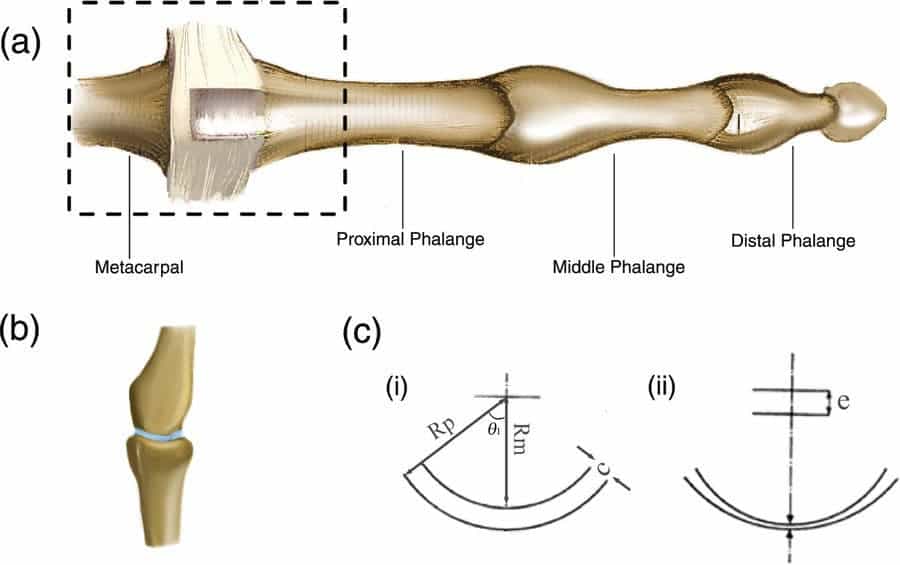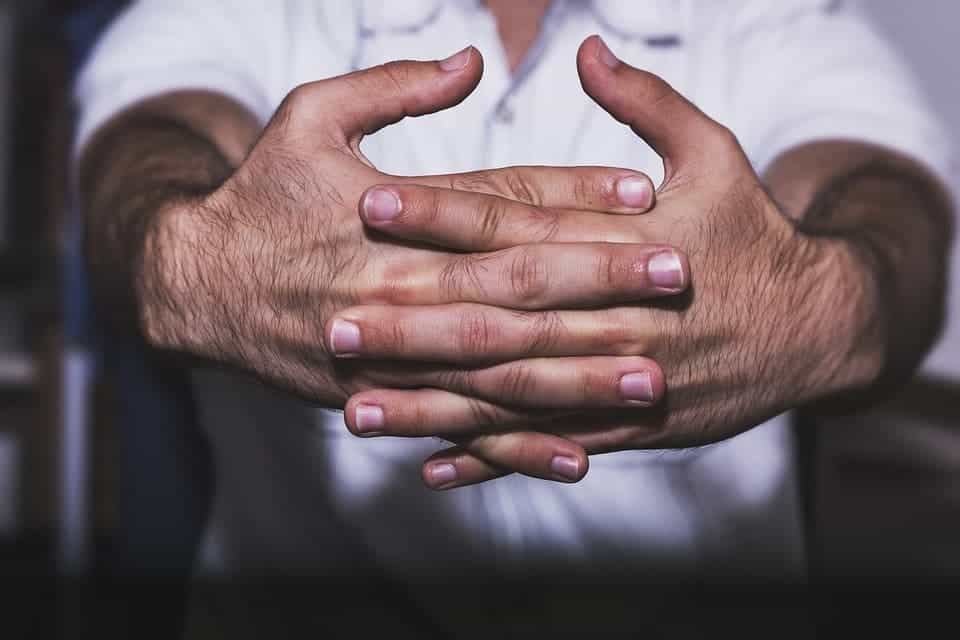Believe it or not, scientists have been trying to answer what causes that weird popping sound when we crack our knuckles since the early 1900s. A debate has taken place ever since, as the conflicting theories have always been difficult to reconcile. As you might imagine, no one dissected a person’s knuckles and then cracked them to see what happens.
Now, researchers at Paris’ Ecole Polytechnique and Stanford University in the United States may have finally cracked the knuckle puzzle. Using a combination of computational methods and experiments, the team learned that the nerve-wracking sound is caused by the collapse of microscopic bubbles of joint fluid in the hand. It takes only 300 milliseconds for the whole process to unfold.
Previously, other studies found that not all joints can be cracked, and that — when it actually works — the act can’t be repeated for another 20 minutes.
“The sound that is generated when one cracks his or her knuckles is due to the partial collapse of a cavitation bubble that’s in the fluid in the joint,” explained Abdul Barakat, a professor at the Ecole Polytechnique.
“It could be multiple bubbles, but we showed that the collapse of a single bubble is sufficient to give you the signature sound you get,” he told AFP.
Since 1971, scientists have had a hunch that the sound was due to the collapse of knuckle bubbles, but this theory was discarded when evidence emerged that there were still un-popped bubbles left in the fluid after the knuckles had been cracked. The new study solves this contradiction, showing that the sound can be produced by the partial collapse of the bubbles. Previously, another study that probed knuckles with ultrasounds linked the sound to changes in the pressure in the joint fluid. Yes — cientists seem to have been unusually interested in cracking knuckles.

(a) The third metacarpophalangeal (MCP) joint. (b) Rendered image of the MCP joint as seen through MRI4 (synovial fluid has been added for clarity). (c) 2D approximation of the MCP Joint. Panel (i) shows the definition of the radii and the joint clearance. Panel (ii) shows a schematic of the 2D approximation of the MCP joint, where the centers of the two circular arcs are separated with an eccentricity e. Credit: Scientific Reports.
The researchers were able to confirm their hypothesis by recording the sound of knuckles cracking in three test subjects, which was compared to the digital acoustic waves produced by a computer simulation. The two waveforms were almost a perfect match, suggesting Barakat and colleagues were well on point.
“We wanted to look at it mathematically because all the previous work was based on observation or imaging, so we tried to build a mathematical model that described the physical phenomena that governed this,” Barakat said.
“We showed that the collapse gave you the right signature sound.”
After reading this, I’m sure some of you are getting the itch to pop those joints. But should you do it? Research so far suggests that cracking knuckles is neither harmful nor beneficial. The act does not lead to arthritis, as one popular belief insists. Furthermore, there are some practical implications for this study. Barakat believes the findings will help doctors devise better treatments for preserving joint health and mobility, which degrade with old age.
The findings appeared in the journal Scientific Reports.










